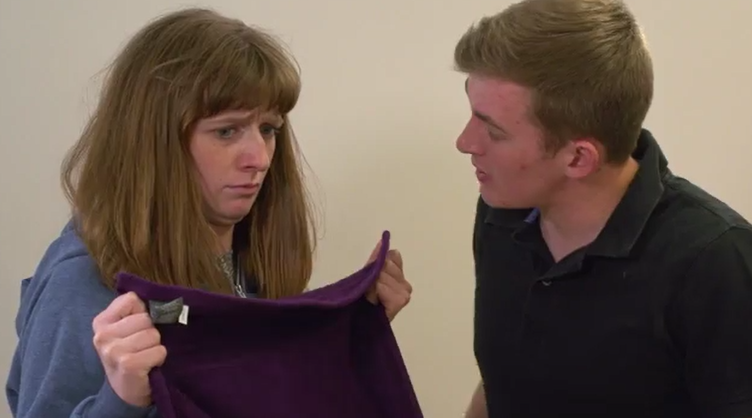Behaviours that Challenge Related to Anxiety
Sometimes we see an increase in behaviours that challenge in situations that are anxiety provoking.
We are often more likely to see behaviours that challenge related to anxiety in individuals who have more autistic-like characteristics.
Anxiety provoking situations may include:
- Times and places where there are a high number of social demands (e.g. having a conversation with someone unfamiliar, speaking in a group).
- Unpredictable situations where it is not clear what is expected such as shopping centres or large crowds.
- Changes in routine, including holidays or school trips.
- When engaging with unfamiliar people or in unfamiliar environments.
If you think about what you might do in a situation when you are anxious, it is likely that you might bite your fingernails, pace around or become irritable. If you find yourself in an anxiety provoking situation, you may even remove yourself from this situation or avoid it when faced with the situation again. By thinking about how we might respond in such situations, we can start to understand a little bit about why certain anxiety provoking situations may result in an increase in behaviours that challenge in people who have more limited language and communication skills. For people with more limited language and communication skills, engaging in behaviours that challenge may be a way to either remove themselves from the anxiety provoking situation or to get away from anxiety provoking stimulus.
How to manage behaviours that challenge related to anxiety
- Ensure that the person is given plenty of warning for changes in routine. Repeat the information in case people forget.
- Using picture schedules may be helpful so that the person can see what is coming next. This makes the situation more predictable.
- If transitioning between activities is difficult for the person, try to make this more predictable by giving them a symbol or picture of where they are going to.
- Sometimes, using transitional objects which indicate the end of one activity and a change to another might be helpful. For example, give the person a piece of coloured card which signals that an activity has finished and that they should return to their schedule to check which activity is coming next. We have seen this being used successfully in a school for people with profound to moderate intellectual disability.
NEXT: Behaviours that challenge related to interruption of repetitive behaviours




